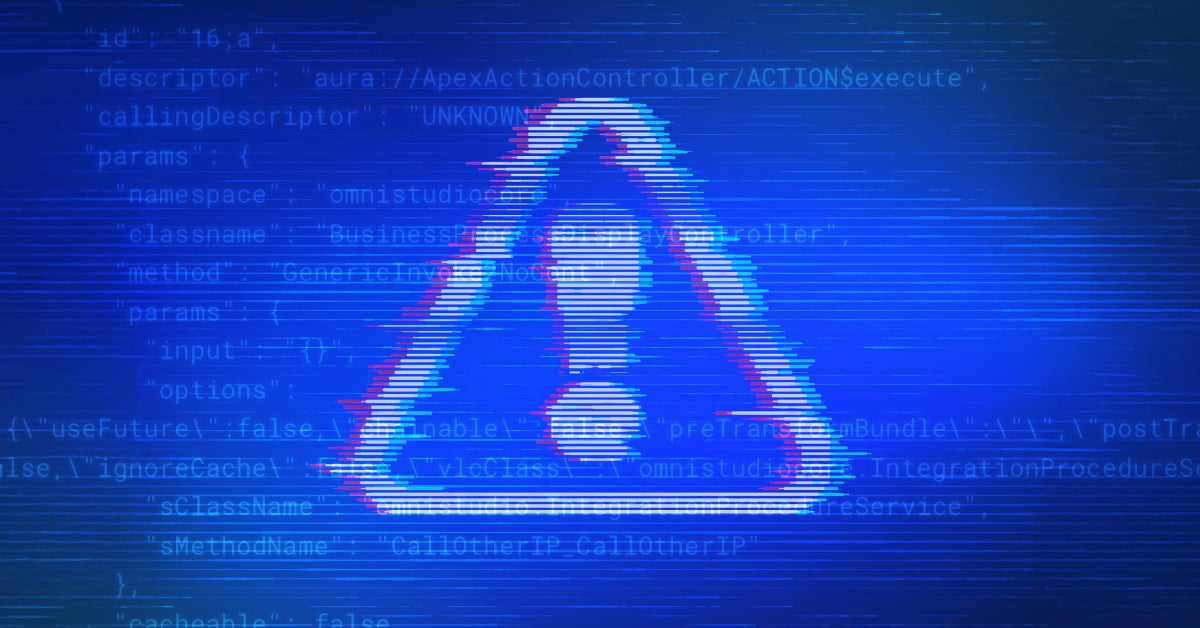Social engineering attacks aimed at SaaS Super Admins are fast becoming a leading attack vector. This follows the trend of threat actors routinely targeting and compromising end-user SaaS accounts, which are notorious for having weak identity security controls such as single-factor authentication and excessive privileges.
Hardening your identity and access management (IAM) security isn’t a one-size-fits-all task, but rather, it requires a multipronged and layered approach. But before we delve into the key strategies, let’s first gain a deeper understanding of Identity Security and how it relates to SaaS.
How Is IAM for SaaS Overlooked?
According to Gartner, IAM entails ensuring that the “right people or machines have access to the right assets at the right time and for the right reasons.” Importantly, effective IAM means that unauthorized access and fraud are prevented.
However, when it comes to securing identity access to SaaS and the associated data within these apps, there are far too many instances where basic identity security controls aren’t established. Common issues include a lack of uniform MFA enforcement, having identities such as guest user accounts and machine identities with excessive privileges, or allowing direct SaaS access outside of the purview of an identity provider.
Here are eight strategies you can implement in your organization to harden your identity security and mitigate the threat of SaaS cyber breaches.
1. Mandate Least Privilege and Routine Audits
Just one end-user with weak authentication protocols and elevated privileges can serve as an entry point for threat actors seeking to gain access to your IT system. Mitigate the threat of a successful identity compromise by adopting least privilege as a foundational principle to your identity security strategy. This entails allocating only the necessary permissions to end-users while regularly conducting audits of end-users, roles, and their associated permissions.
2. Enforce Single-Sign-On (SSO) and Multi-Factor Authentication (MFA)
This may seem like a basic one, but many organizations adopt SSO and MFA for SaaS apps unevenly. It’s essential to ensure SSO and MFA adoption uniformity across the organization as there may be some apps, end-user, and guest user accounts that lack SSO and MFA enforcement. This issue becomes even more crucial as more SaaS apps are adopted across the organization, often without direct oversight of the IT or cybersecurity team. Key tip: Use an authentication application rather than a SMS-based authentication method to prevent the risk of SIM hijacking.
3. Configure Strong Password Policies
While nobody wishes to anticipate the worst, lay on the side of caution and assume that end-users’ login credentials may at some point be compromised. Enforce strong password policies and utilize a password manager to secure end-users’ passwords.
4. Utilize Biometric Authentication
Use biometric authentication methods such as fingerprint or facial recognition as an additional authentication layer where possible. Biometric authentication is difficult to spoof and provides a strong level of identity verification reducing the chances of threat actors compromising identity security.
5. Implement Behavioral-based and Continuous Authentication
Implement behavioral-based, continuous, or adaptive authentication to monitor user behavior during sessions to detect anomalies. If unusual behavior is detected, such as random logins from a new device or location, the system can prompt for additional verification.
6. Conduct Continuous Monitoring
To ensure you’re securing all your bases, continuous monitoring over your SaaS environment and other devices is essential. Without continuous monitoring, anomalous identity-related activity can go undetected for weeks or even months, leaving your SaaS estate vulnerable to attacks.
7. Implement Identity Threat Detection and Response (ITDR)
ITDR solutions are becoming essential in the cybersecurity stack. These solutions detect and alert on account compromise and insider threats among other types of anomalous activity in your SaaS apps and devices.
8. Promote Continuous Education and Awareness
Create a culture of continuous end-user cybersecurity education where employees know the importance of identity verification and cybersecurity best practices to reduce employees from falling victim to social engineering scams. Engaging and gamified security awareness training has become an essential element to help mitigate the threat of social engineering campaigns.
Strengthen Your Identity Security Controls For Cyber Risk Mitigation
In the age of AI based deep-fakes and sophisticated phishing emails, one golden rule stands true: When in doubt, double-check. This means if you happen to receive an unusual text message or email that raises suspicion, taking an extra moment to verify it can be the difference between a compromise and remaining secure.
For example, IT teams should monitor for red flags such as random requests for end-user credentials, sudden credential resets followed by mass downloads, MFA authentication code requests, or new end-user provisioning requests.
Organizations have a responsibility to educate their employees about the latest attack mechanisms and how to remain safe. Verifying and hardening identity security is a fundamental step in not only safeguarding the organization but also its dedicated workforce and data.
With the launch of our AppOmni SaaS Identity Fabric, that features capabilities like identities entitlement mapping to data access and ITDR, we’re able to secure and manage end-user entitlements and threat-based activity for all of SaaS comprehensively and consistently. Take the first step to ensuring identity protection for your SaaS estate.

How to Protect Overlooked SaaS Identities
AppOmni CEO Brendan O’Connor joins the Dark Reading NewsDesk at Black Hat 2023. Tune in to learn how organizations underestimate the extent of their SaaS attack surface due to a lack of visibility.
Related Resources
-

How to Investigate Suspicious User Activity Across Multiple SaaS Applications
Discover practical strategies security teams can use to investigate suspicious activity across SaaS apps, reduce alert noise, and respond to real threats faster.
-

Low-Code, High Stakes: Why Security Can’t Be an Afterthought for Customers Using Salesforce Industry Clouds
New research reveals critical security flaws in Salesforce industry clouds. Discover the risks and how to protect your organization now.
-

OAuth Tokens: The Danger Behind the Commvault Breach
Discover what went wrong in the Commvault breach: How AppOmni’s powerful SaaS security platform steps in to stop threats before they strike.
 New research drives security enhancements for Salesforce industry clouds
New research drives security enhancements for Salesforce industry clouds